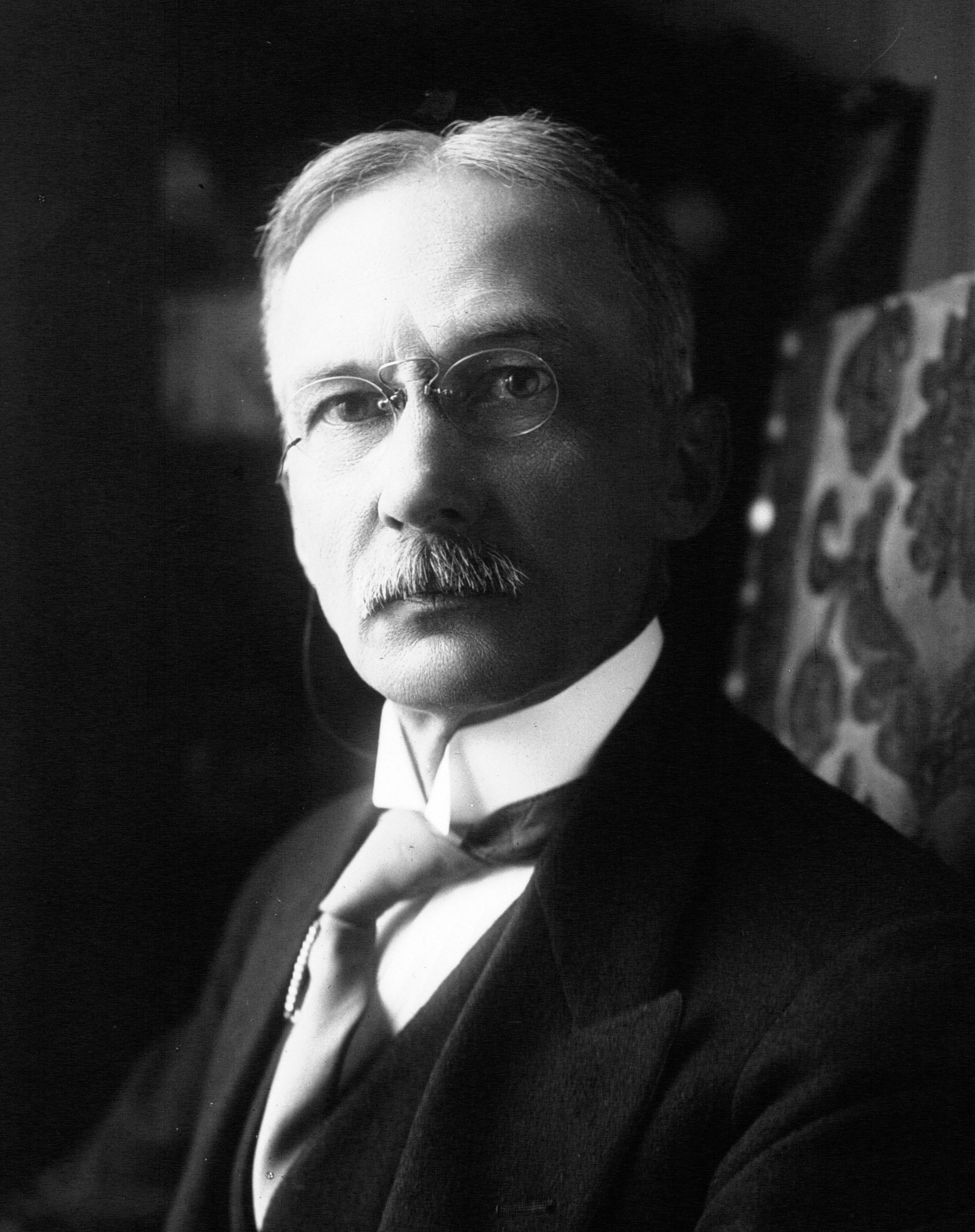 James Mark Baldwin (January 12, 1861, Columbia, South Carolina – November 8, 1934, Paris)
James Mark Baldwin (January 12, 1861, Columbia, South Carolina – November 8, 1934, Paris)
James M. Baldwin’s Social and Ethical Interpretations in Mental Development: A Study in Social Psychology (1897) was noteworthy for its Darwinian argumentative framework, its emphasis on the fundamentally social aspects of mankind, society as being constitutive of the individual, and the argument that the laws of social evolution were distinct from biological evolution.
Baldwin’s work was really motivated by a massive issue: the work of Charles Darwin, particularly that of the Descent of Man (1871) provided an exceptionally attractive explanatory framework for the growth (and sometimes) progress of society. For Baldwin, however, the laws of evolution could not explain the origin and development of either social action or the development or persistence of institutions.
As he noted in Darwin and the Humanities (1909), “various attempts have been made to state the different genetic stages in the concurrent progress of the individual and society.” However, “In these attempts, it is plain, the general questions of development and evolution arise again on a different plane, and require solution in view of the fact that in their nature the phenomena are not in a strict sense biological, but psychological and social” (39.) While it was true that human beings were subject to biological laws, “it does not follow that the psychological and social processes illustrate the same laws, nor even that the action of the biological laws may not be in some way modified with the entrance upon the field of the mental and social factors” (40).
While the work of Baldwin and his contemporaries have been critiqued for their reductionism of social life to biology, in fact, much of turn of the century social theory used Darwinian theory instead to argue for the irreducibility and distinctiveness of social phenomenon, in the same manner as Emile Durkheim and his discussion of “social facts.”
Read More…Read More…